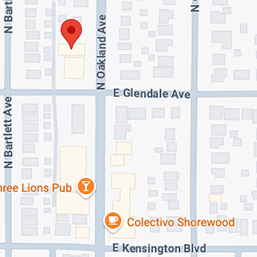Metal braces are the most common type of braces for orthodontic patients. Today's metal braces are much smaller, flatter, and more comfortable than in the past. Patients of all ages choose metal braces to help them achieve straight, beautiful smiles.
What Braces are Made Of
Traditional metal braces are made of high quality stainless steel or titanium. The three main parts of your braces are:
- Brackets — Brackets are attached to the teeth using special glue that bonds them to the tooth surface and holds them in place.
- Archwire — The archwire is the thin metal wire that connects each bracket and puts pressure on the teeth to help guide them into place.
- Ligature Elastic (also known as the “rubber bands”) — Elastics, or rubber bands, are the colored ties that hold the archwires to the brackets. Your orthodontist will change the elastics at each appointment. Elastics may come in a variety of colors.
How Braces Work
Once placed on your teeth, braces place constant pressure on your teeth, and the force of the pressure helps move teeth into proper position. At each appointment, your orthodontist may change the archwires. In addition to braces, some patients may need to wear rubber bands. Patients wearing braces may notice their teeth feeling a little loose. This is normal and temporary; once the teeth are done moving this feeling will go away.
Metal Braces for All Ages
Traditional metal braces are still the most popular, quickest, and most cost-effective orthodontic treatment available. Your orthodontist can help you determine what treatment is best for your individual case. Please contact our practice to schedule an appointment and learn more about how braces can enhance your smile.

